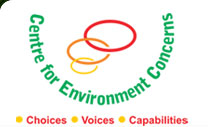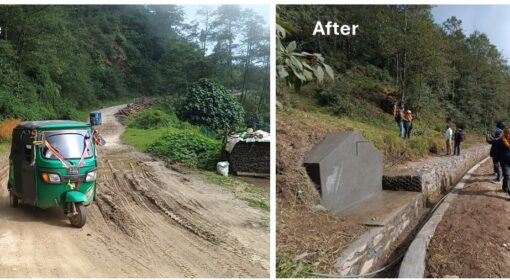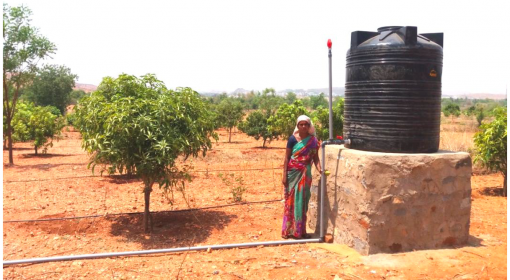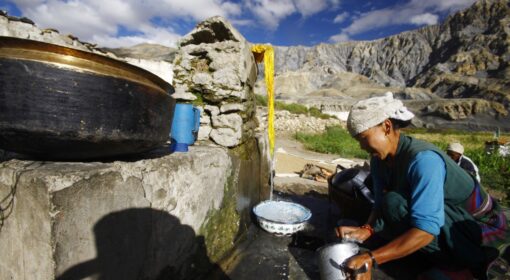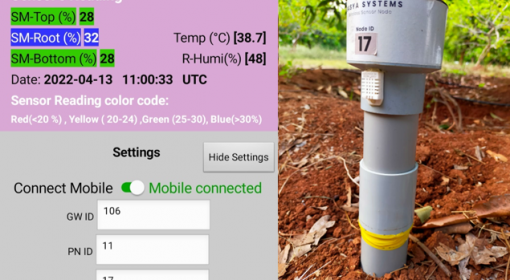Author: K.S. Gopal
ksgopal1952@gmail.com
www.cechyderabad.org
This is the fourth and final in a series of blogposts describing the development and implementation of water–saving solutions in India. The innovations were developed by KS Gopal, founder and director of the Centre for Environment Concerns. It describes the journey to reduce the use of irrigation water for farming following the 5M concept:
- Moisture at plant root zone (part 1)
- Measured Moisture for water efficiency & savings (part 2)
- Microbes for healthy soils (part 3)
- Mycorrhizae for root health and synergy to maximise plant nutrient uptake (part 3)
- Management of farm operations for confidence and preparedness (part 4)
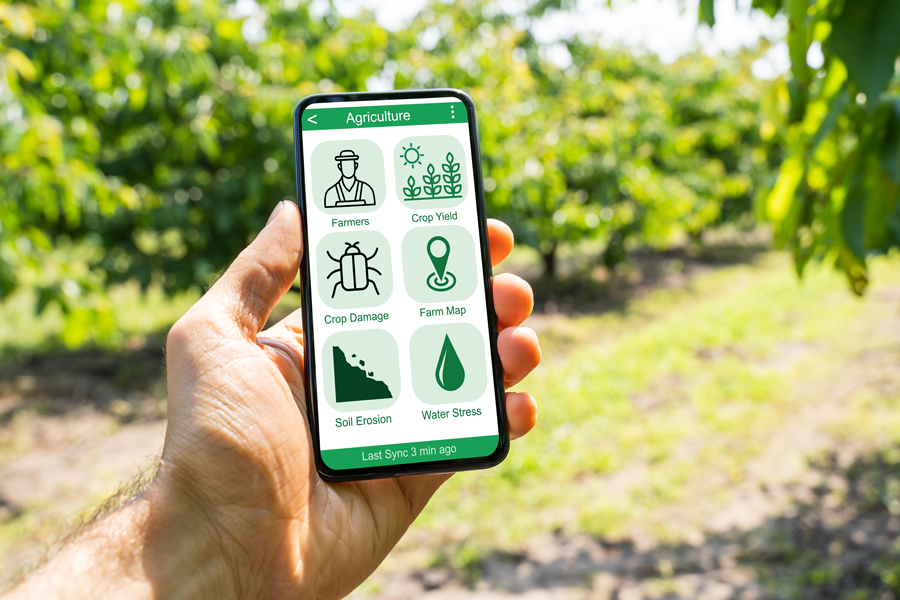
India has 17% of the world’s population with 4% water and agriculture uses 84% of it. It is the world’s largest user of groundwater of 250 cubic kilometers per year, or double of China, and with higher farm productivity. Our agriculture water utilization efficiency is 38% compared to 70-80% in the USA. Groundwater in India contributes 62% of irrigated farming. According to the Indian Space Research Organization, 68% of India is drought-prone in varying degrees and with a third of the area being “chronically drought-prone”. Groundwater withdrawal increased tenfold between 1980 and 2015.
Efficient horticulture farming is complex and farming practices can be greatly enhanced and assisted with real-time ground data on multiple factors such as soil moisture, soil microbial activity, nutrients levels, diseases and pests levels. With the technological leap forward made possible by the internet, satellite sensors, weather stations, and the Internet of Things, this is now possible and within reach.
Horticulture is transforming, with strong uptake by a new cadre of enthusiastic and educated young farmers. An emerging challenge is however posed by labor shortage.Therefore, there is interest to automate key farm operations with remote control capability.
Incomes in horticulture crops are high not only with yield but the quality of the produce especially when market prices are based on grading. Horticulture is high on risk and reward. Hence farmers are willing to invest considerable money in horticulture crops and look for affordable technologies that also deliver on confidence and comfort while addressing their challenges.
Farmers now can have root zone moisture with soil temperature data available on their cell phones. As a consequence they can use water most efficiently. Based on data they switch on-off their pump sets. If multiple plots are irrigated at varying times, water supply valves are also remotely controlled. A nutrient supplying Venturi is made operational without the farmer being actually present.
Decision making can be supported with information directly received by farmers on their phones. Data on market prices of inputs and outputs can also be made available. Agriculture, veterinary telemedicine, and guidance farm advisories can also be provided.
The services mentioned above automate and ease farm management, reduce costs, minimize travel time, eliminate drudgery while delivering on the aspirations of farmers and the growing demand among consumers. With the 5M approach, we deliver on the potential of synergy on natural endowments of water, soil, roots, plant species, etc, and maximize gains in environmental and societal well-being. Such a way forward will help policymakers, researchers and scientists get evidence-based data for corrective steps leading to richer scientific understanding involved in the management of farm-crop ecology.
A major cost is to set up reliable internet and Wi-Fi as rural areas and farms are spread wide. With their wider adoption its cost will come down drastically as one telecommunication system serves multiple customers. Farmers automate both farms and homes, providing urban comfort in rural areas. The government is taking measures to enhance connectivity in rural areas. We must tap and use the potential of advancing technology, human capability and innovative business models to work with and for nature leading to sustainable development.
We must add new features in the soil embedded sensors of carbon, humidity and bring the next generation sensors and markers on subsoil biological activity. Such a subsoil data status will complement satellite-based weather data and forewarn farmers on potential and prospective soil disease and pest attacks for taking the appropriate preventive early measures along with information on crop status, harvesting time, production volume, etc.
As an ecosystem-centric approach to harvest ecological dividends in farming, we must address the attendant and emerging challenges of water shortage, water and soil salinity, soil degradation, biodiversity, plant resilience, and climate change, farmer incomes. The point to start must be irrigation aimed at healthy soil-water-root-plant synergy. Irrigation must go beyond plants and crop yield to harness on the survival and multiplication of living soil organisms and with active roots. By fostering or, for now, saving millions of fully grown trees with an integrated approach to moisture and soil management, we open up their potential as carbon sinks.
